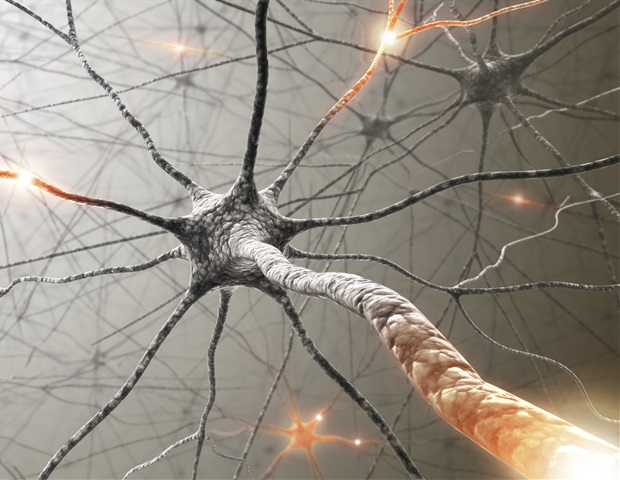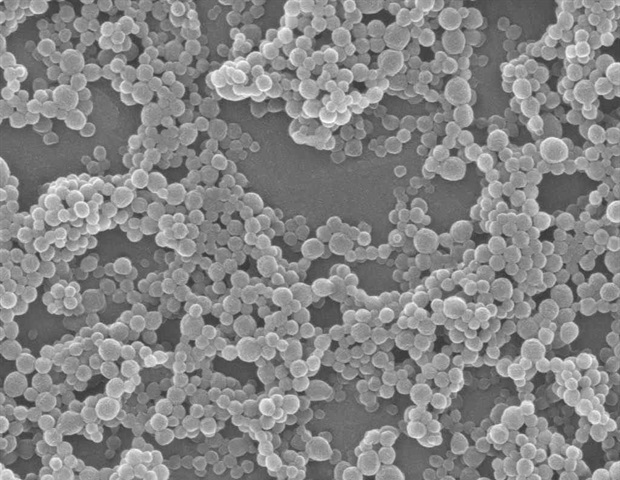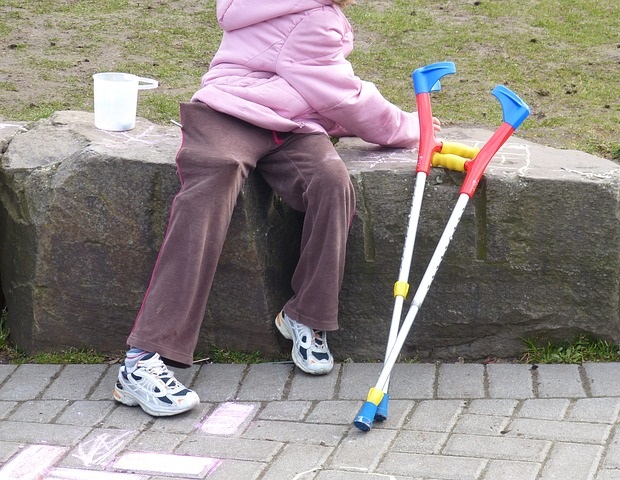A study published in JAMA Network Open identifies four distinct profiles of Nonverbal Learning Disability (NVLD), providing evidence that may help refine diagnostic criteria and guide more individualized approaches to care for…
Author: admin
-

Maxwell hopes to be fit for back-end of T20I series against India
Glenn Maxwell is optimistic he can still play a part in Australia’s upcoming T20I series against India despite having surgery on his fractured right wrist last week.
Maxwell suffered the fracture when he was hit on the wrist by a powerfully struck…
Continue Reading
-

New drug candidates show promise for restoring myelin in MS
Multiple sclerosis, or MS, is a chronic autoimmune disease affecting more than 2.9 million people worldwide. It occurs when the immune system mistakenly attacks the myelin sheath, the protective insulation around nerve fibers,…
Continue Reading
-

Rizwan, Muazzam to engage Qawwali lovers in US with soulful voice
ISLAMABAD – Rizwan-Muazzam Qawwal, one of the famous Sufi singing groups of Pakistan, will be in the United Sates where nephews of the legendry Nusrat Fateh Ali Khan will engage Qawwali lovers with their soulful voice, organisers announced,…
Continue Reading
-
Warner Music in talks with Netflix for films based on its artists, Bloomberg News reports – Reuters
- Warner Music in talks with Netflix for films based on its artists, Bloomberg News reports Reuters
- Warner Music in talks with Netflix for films based on its artists, Bloomberg News reports By Reuters Investing.com
- Warner Music in talks with…
Continue Reading
-
What records can Djokovic extend in Shanghai? – ATP Tour
- What records can Djokovic extend in Shanghai? ATP Tour
- Djokovic advances, Shelton loses in Shanghai ESPN
- Novak Djokovic: Can 24-time Grand Slam champion challenge Carlos Alcaraz and Jannik Sinner in remaining tournaments? Sky Sports
- Djokovic’s…
Continue Reading
-

Nasal spray of gold nanoparticles delivers lithium directly to the brain
In the form of a ‘nasal spray’, tiny gold particles act as carriers, delivering a treatment directly to the brain: developed by scientists at the Università Cattolica Rome campus/Fondazione Policlinico Universitario A. Gemelli…
Continue Reading
-

Victoria Beckham hits ‘breaking point’ over rift with Brooklyn, Nicola Peltz
Victoria Beckham’s heartbreak deepens amid Brooklyn, Nicola rift Victoria Beckham is reportedly “losing her mind” over her feud with son Brooklyn Beckham and his wife Nicola Peltz.
A family source close to Beckham…
Continue Reading
-

Pakistan: Ambush by TTP near Afghanistan border claims lives of 11 soldiers
A deadly ambush by Tehreek-e-Taliban Pakistan (TTP) fighters near the Afghan border in the early hours of Wednesday claimed the lives of at least 11 Pakistani soldiers, including two senior officers – Maj Tayyab Rahat and Lt Col Junaid Arif.The…
Continue Reading

